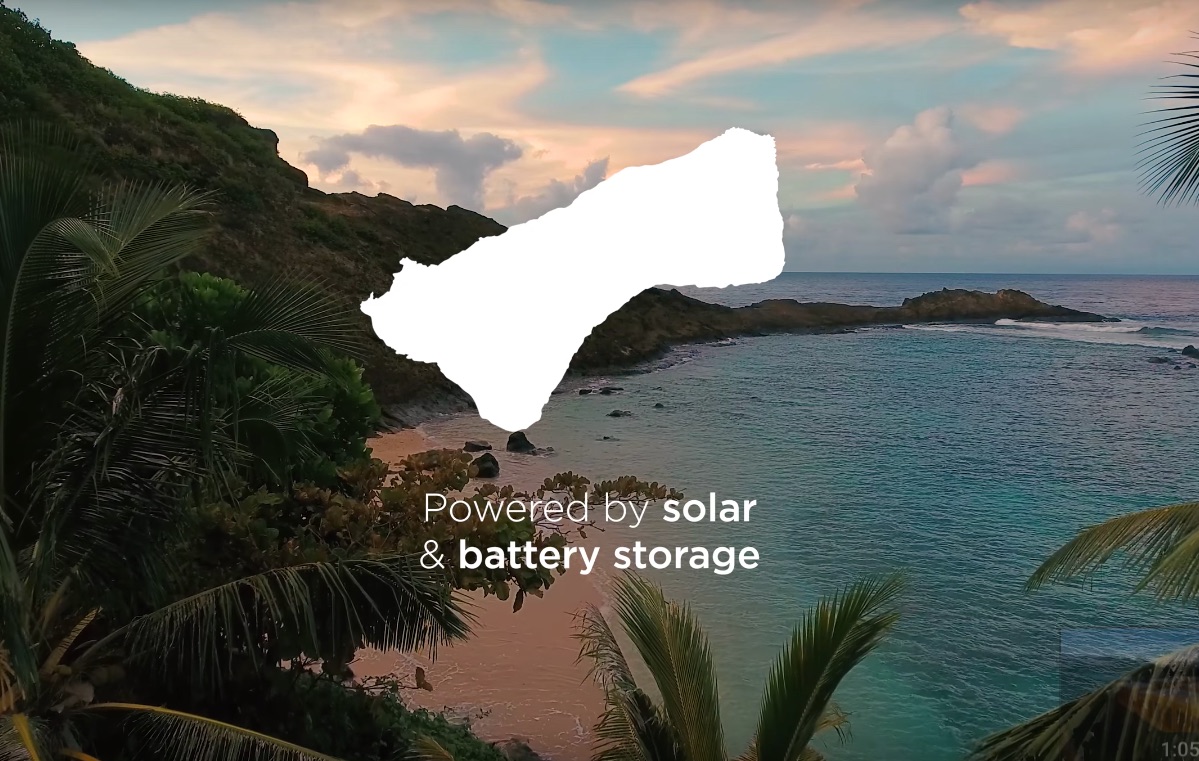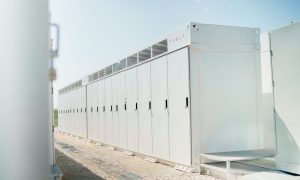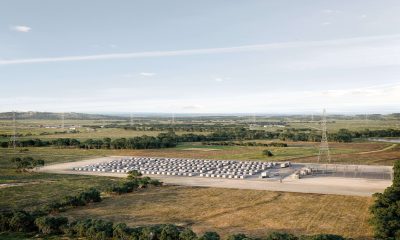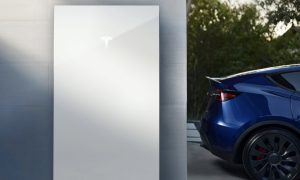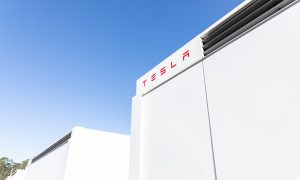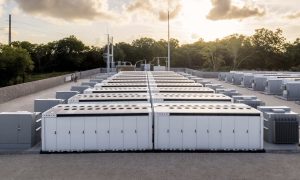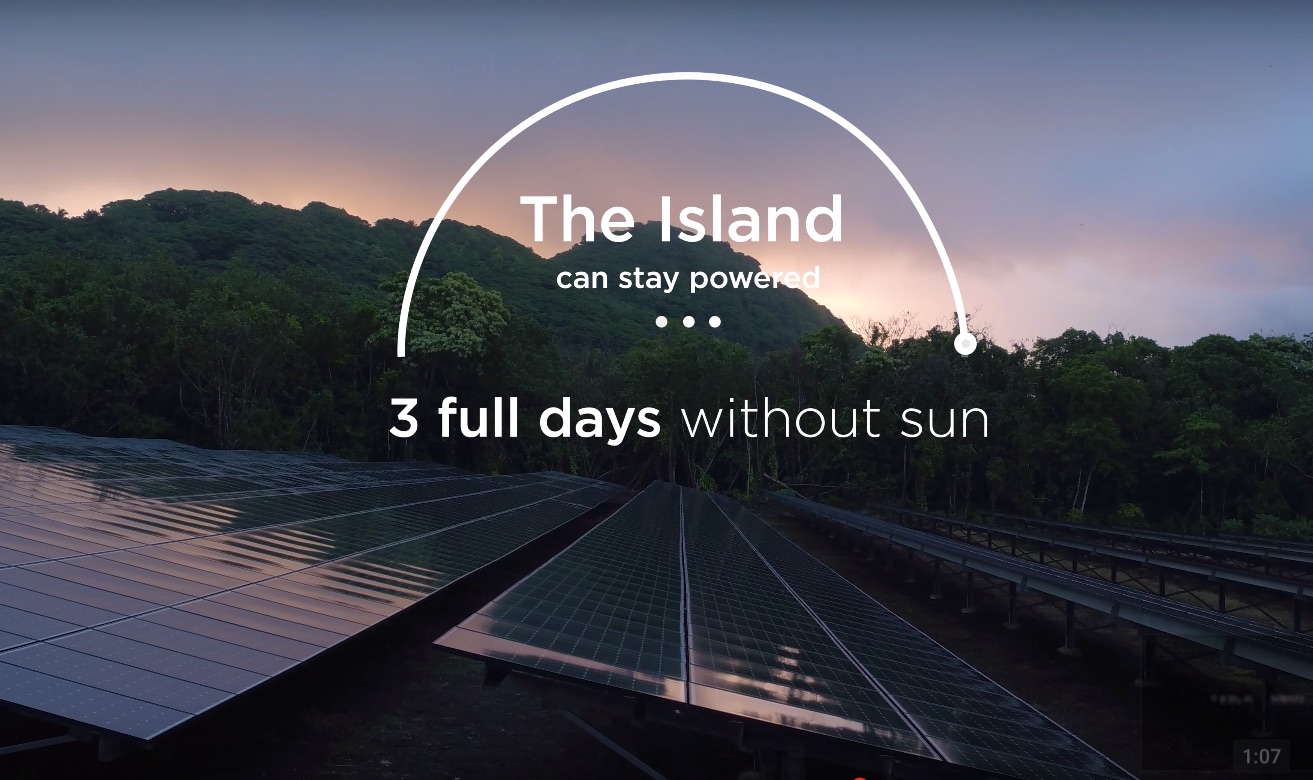

Energy
Why Tesla’s microgrid project is life changing for Ta’u’s island community
Tesla’s subsidiary, SolarCity, is at the end of a one-year solar energy microgrid project on the American Samoa island of Ta’u that, at 1.4 megawatts, can cover “nearly 100%” of its 600 residents’ electrical needs. Its benefits may be life changing for residents of Ta’u.
Ta’u is a rectangular island 10 km. long and 5 km. wide. In the distant geologic past, the south side of Ta’u collapsed, leaving dramatic 500 km. high cliffs that rise directly from the southern sea. Craters punctuate the island’s wild, thickly forested interior, known for its steep slopes and gullies. Terrain and bush can change quickly, and most of the upland area is inaccessible. American Samoa was first visited by European explorers in the 18th century, but its islands have been inhabited for over 3000 years. Today, at about 340 persons per square km., American Samoa is the second most densely populated South Pacific entity, after Tuvalu.
The island’s residents have acquired power to date largely through generators fueled by diesel. Diesel in itself is made from chemicals including sulfates, ammonium, nitrates, elemental carbon, condensed organic compounds, and even carcinogenic compounds rich in heavy metals such as arsenic, selenium, cadmium and zinc. Diesel exhaust poses major health hazards, contributes to climate change, is costly to ship, and can lead to frequent temporary blackouts. With a dramatic decrease on diesel reliance, Ta’u, through the SolarCity renewable microgrid, will experience valuable community life enhancements that can increase local control and community independence.
Grid stability in a remote location
Energy efficiency is an important component of a renewable microgrid transition. Energy storage is key to renewable island and remote community microgrids. The Ta’u integrated microgrid –- 1.4 megawatts of solar power and 6 megawatt hours of battery storage from 60 Tesla Powerpack, alongside smart controls to enable load shifting— will become an important component of the Ta’u community’s transition to energy independence.
Maintaining grid stability with renewable integration has proved challenging in many other remote island cases in which energy reliance has shifted to a microgrid. SolarCity will likely use a phased integration approach that will initially bring a small amount of renewable technologies online, as it works to balance the system, and then continue to step up their renewable penetration by integrating more solar resources alongside energy storage and advanced controls. For example, on King Island, Australia, Hydro Tasmania has overcome many renewable integration challenges to incorporate more renewable resources into the system. Simon Gamble recalls, “We started adding renewables 18 or 19 years ago, and the challenges have been technical. We had to solve the problems we uncovered as we went.”
Tesla’s Powerpack system will allow the island to use stored solar energy at night, meaning renewable energy is available for use around the clock. Procuring and transporting new technologies and equipment, which has been an issue with other remote island locations that have integrated a renewable energy microgrid, may not present as many challenges for Ta’u, due to the SolarCity involvement. Often, only one or two operators live nearby, so if major technical issues arise, teams must fly in to address the problems. Having SolarCity as a partner can diminish such technical issues on Ta’u.
How a SolarCity microgrid can alter traditional microgrid instability
Although some renewable systems have found success, other communities face challenges transitioning from a fossil fuel reliance to a microgrid. A SolarCity microgrid has the capacity to overcome these challenges due to the influence and reliability of Tesla Energy. Microgrid systems foster community resiliency and stability. Power electronics and control systems enable a more stable grid through better controls. At the same time, relying more on local resources and less on imported diesel increases overall resiliency for the Ta’u community.
Transitioning to renewable microgrids can reduce costs. Research indicates that relying on more diversely and renewably powered microgrids has led to reduced diesel usage, electricity prices, and operating costs. Creating a project like the SolarCity microgrid on Ta’u, with the requisite business plan to lower overall costs and attract investment, is a difficult and lengthy task. However, it has clearly been made easier with SolarCity’s deep understanding of inherent necessary technologies, processes, and pitfalls.
Protecting the Ta’u culture through energy independence
Fa’a Samoa or the Samoan Way is the foundation of Samoan society, culture, and heritage. Fa’a Samoa customs and culture are over 3000 years old and have changed very little over this period. The Fa’a is tenaciously defended by those who have chosen to remain in their home villages rather than to emigrate to the U.S. Fa’a culture and customs are based around the mutual respect given to elders, the church, visitors, and the extended family. The SolarCity grid will enhance the Fa’s or Samoan Way and reinforce the foundation of Samoan society, culture, and heritage.
SolarCity, alongside American Samoan and U.S. authorities, including the Department of Interior, has provided the upfront costs of designing, delivering, installing, and maintaining the solar microgrid. Their customers on Ta’u will pay a fixed monthly fee for clean solar power and start realizing cost savings from day one without the hassle of owning and maintaining their own power system. Removing the hazards of power intermittency will offer a tremendous difference in the lives of Ta’u residents.
“I recall a time they weren’t able to get the boat out here for two months,” said Keith Ahsoon, a local resident whose family owns one of the food stores on the island. “We rely on that boat for everything, including importing diesel for the generators for all of our electricity. Once diesel gets low, we try to save it by using it only for mornings and afternoons. Water systems here also use pumps, everyone in the village uses and depends on that. It’s hard to live not knowing what’s going to happen. I remember growing up using candlelight. And now, in 2016, we were still experiencing the same problems.”
Sources: American Samoa, Renewable Microgrids
As Tesla owners, solar advocates and obvious believers in the future of sustainable energy, we’ve partnered with a service for estimating solar costs based on one’s location and energy requirement. Please consider supporting our solar-focused affiliate partner and fan to Teslarati by getting a cost estimate.
Elon Musk
Tesla Energy shines with substantial YoY growth in deployments
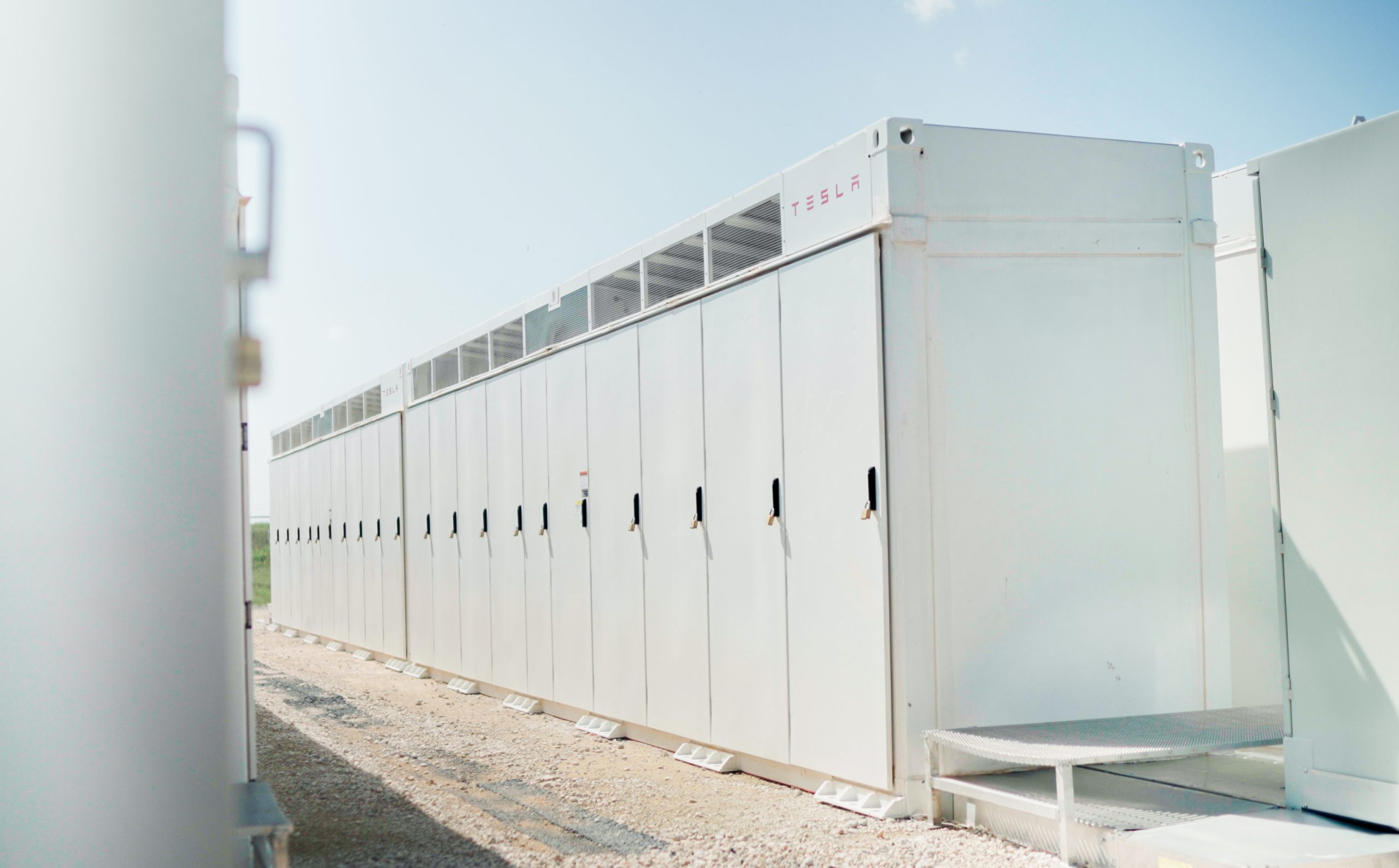
Tesla Energy shined in what was a weak delivery report for the first quarter, as the company’s frequently-forgotten battery storage products performed extraordinarily well.
Tesla reported its Q1 production, delivery, and deployment figures for the first quarter of the year, and while many were less-than-excited about the automotive side, the Energy division performed well with 10.4 GWh of energy storage products deployed during the first quarter.
This was a 156 percent increase year-over-year and the company’s second-best quarter in terms of energy deployments to date. Only Q4 2024 was better, as 11 GWh was recorded.
Tesla Energy is frequently forgotten and not talked about enough. The company has continued to deploy massive energy storage projects across the globe, and as it recorded 31.5 GWh of deployments last year, 2025 is already looking as if it will be a record-setting year if it continues at this pace.
Tesla Megapacks to back one of Europe’s largest energy storage sites
Although Energy performed well, many investors are privy to that of the automotive division’s performance, which is where some concern lies. Tesla had a weak quarter for deliveries, missing Wall Street estimates by a considerable margin.
There are two very likely reasons as to why this happened: the first is Tesla’s switchover to the new Model Y at its production facilities across the globe. Tesla said it lost “several weeks” of production due to the updating of manufacturing lines as it rolled out a new version of its all-electric crossover.
Secondly, Tesla could be facing some pressure from pushback against the brand, which is what many analysts will say. Despite the publicity of attacks on Tesla drivers and their vehicles, as well as the company’s showrooms, it would be safe to assume that we will have a better picture painted of what the issue is in Q2 after the company reports numbers in July.
If Tesla is still struggling with lackluster delivery figures in Q2 after the Model Y is ramped and deliveries are more predictable and consistent, we could see where the argument for brand damage is legitimate. However, we are more prone to believe the Model Y, which accounts for most of Tesla’s sales, and its production ramp is likely the cause for what happened in Q1.
In what was a relatively bleak quarter, Tesla Energy still shines as the bright spot for the quarter.
Energy
Tesla lands in Texas for latest Megapack production facility
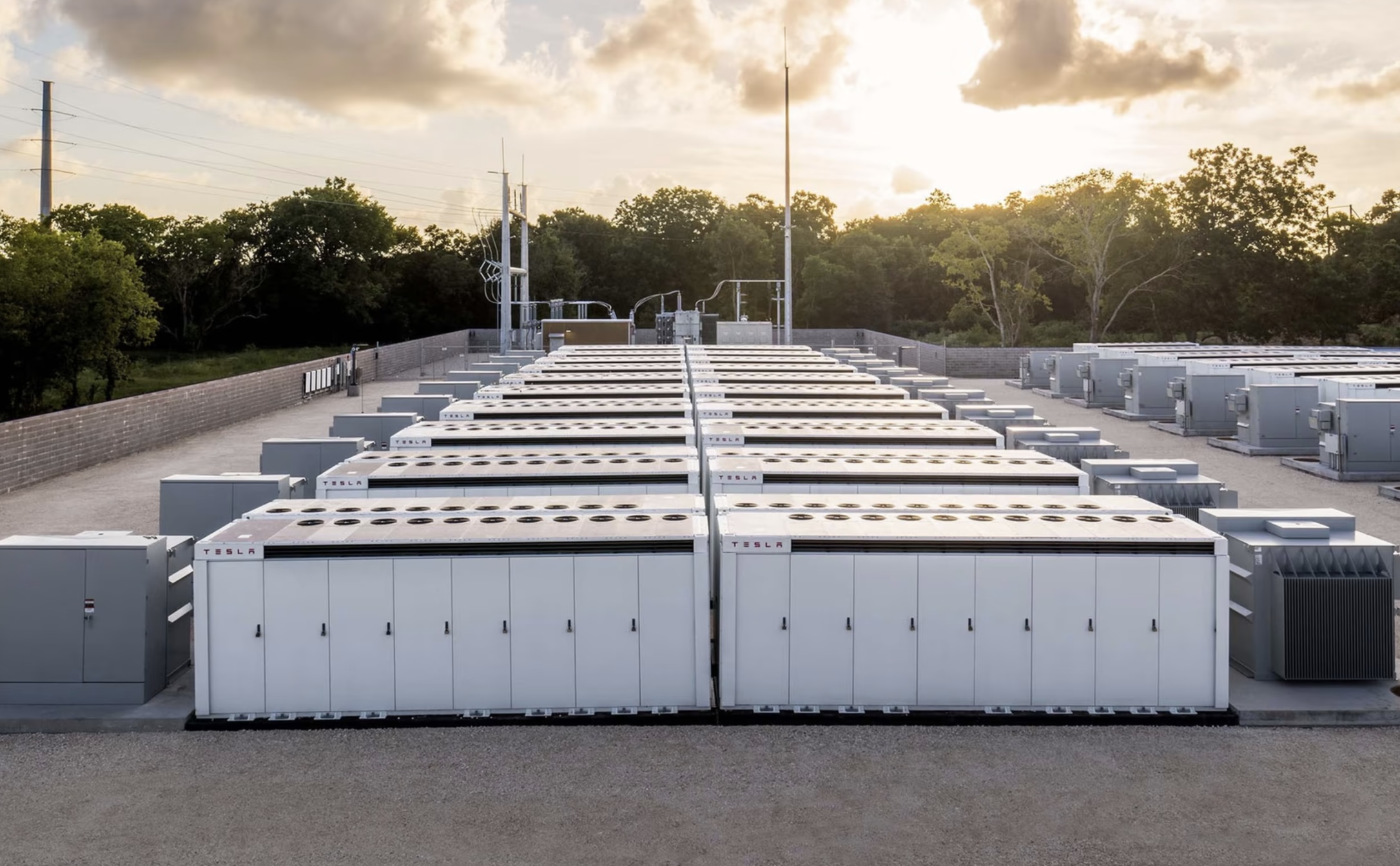
Tesla has chosen the location of its latest manufacturing project, a facility that will churn out the Megapack, a large-scale energy storage system for solar energy projects. It has chosen Waller County, Texas, as the location of the new plant, according to a Commissioners Court meeting that occurred on Wednesday, March 5.
Around midday, members of the Waller County Commissioners Court approved a tax abatement agreement that will bring Tesla to its area, along with an estimated 1,500 jobs. The plant will be located at the Empire West Industrial Park in the Brookshire part of town.
Brookshire also plans to consider a tax abatement for Tesla at its meeting next Thursday.
The project will see a one million square-foot building make way for Tesla to build Megapack battery storage units, according to Covering Katy News, which first reported on the company’s intention to build a plant for its energy product.
CEO Elon Musk confirmed on the company’s Q4 2024 Earnings Call in late January that it had officially started building its third Megapack plant, but did not disclose any location:
“So, we have our second factory, which is in Shanghai, that’s starting operation, and we’re building a third factory. So, we’re trying to ramp output of the stationary battery storage as quickly as possible.”
Tesla plans third Megafactory after breaking energy records in 2024
The Megapack has been a high-demand item as more energy storage projects have started developing. Across the globe, regions are looking for ways to avert the loss of power in the event of a natural disaster or simple power outage.
This is where Megapack comes in, as it stores energy and keeps the lights on when the main grid is unable to provide electricity.
Vince Yokom of the Waller County Economic Development Partnership, commented on Tesla’s planned Megapack facility:
“I want to thank Tesla for investing in Waller County and Brookshire. This will be a state-of-the-art manufacturing facility for their Megapack product. It is a powerful battery unit that provides energy storage and support to help stabilize the grid and prevent outages.”
Tesla has had a lease on the building where it will manufacture the Megapacks since October 2021. However, it was occupied by a third-party logistics company that handled the company’s car parts.
Energy
Tesla Energy had a blockbuster 2024
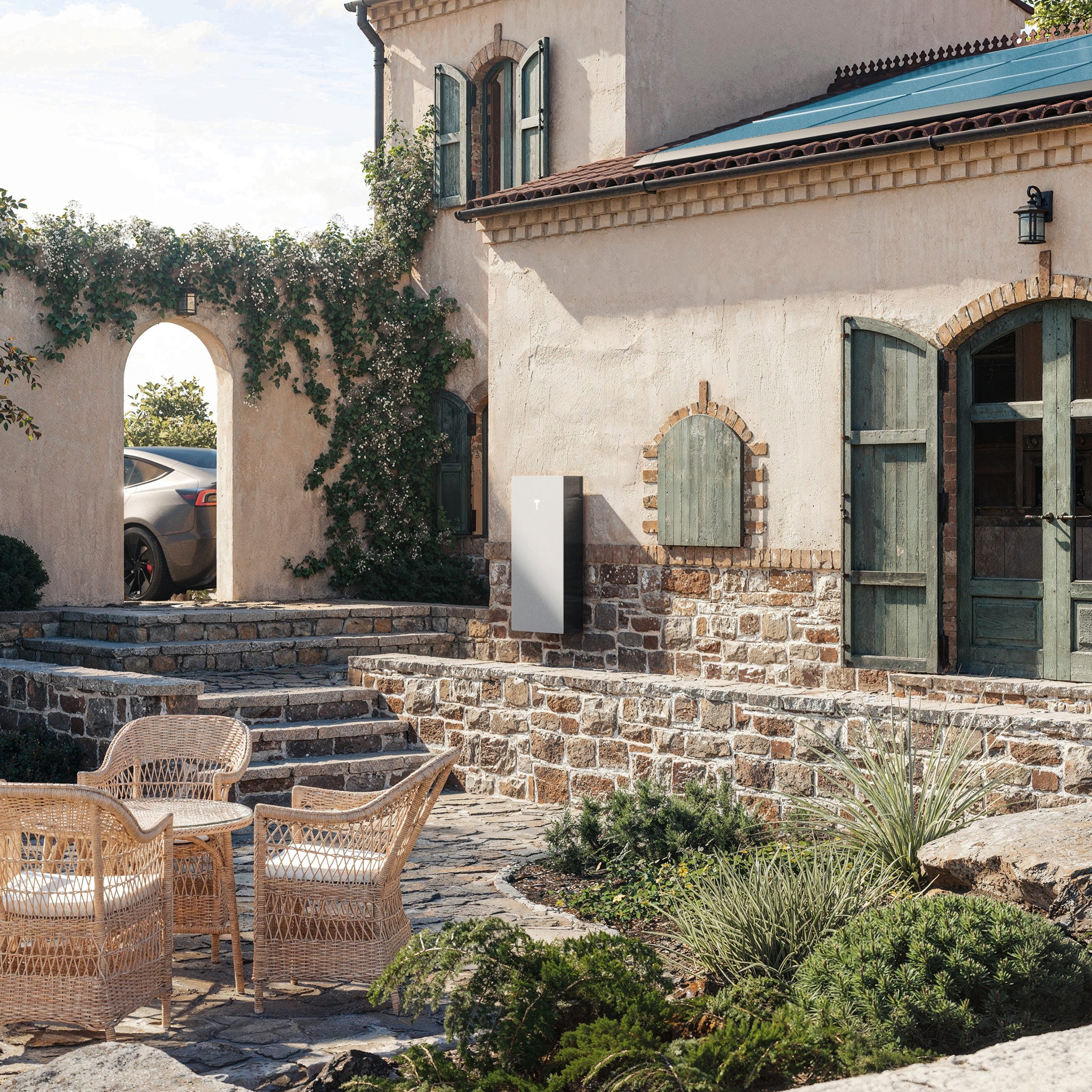
Tesla Energy has become the undisputed dark horse of the electric vehicle maker. This was highlighted by Tesla Energy’s growing role in the company’s overall operations in the past quarters.
And as per Tesla’s year-end milestone posts on X, Tesla Energy had a blockbuster 2024.
Tesla Energy’s 2024 milestones:
- As per Tesla on its official social media account on X, the company has hit over 800,000 Powerwalls installed worldwide.
- From this number, over 100,000 Powerwall batteries have been enrolled in virtual power plant (VPP) programs.
- The Powerwall 3 has officially been launched in the United States, Canada, Puerto Rico, the U.K., Germany, Italy, Australia, and New Zealand.
- The Tesla Megapack hit over 22 GWh in operation across more than 60 countries across the globe.
- The Lathrop Megafactory, which produces the Megapack, has been ramped to 40 GWh per year.
- The Lathrop Megafactory has also produced its 10,000th Megapack battery.
- The Shanghai Megafactory was completed in just seven months, and it is ready to start Megapack production in Q1 2025.
Hit 800k Powerwalls installed worldwide
— Tesla (@Tesla) December 31, 2024
Also:
– Over 100k Powerwalls are now enrolled in VPP programs
– Launched Powerwall 3 in the US, Canada, Puerto Rico, UK, Germany, Italy, Australia & New Zealand
– Megapack hit 22+ GWh in operation across 60+ countries
– Ramped… pic.twitter.com/bE88DpeyTg
Powerwall owners’ 2024 impact:
- As per Tesla Energy, Powerwall owners generated a total of 4.5 TWh of solar energy globally in 2024. This was equivalent to powering a Model 3 for more than 17 billion miles.
- A total of 1.1 TWh of energy was stored in Powerwalls in 2024. This protected homes from over 5.8 million outages during the year.
- Tesla’s Storm Watch feature for Powerwall batteries covered 2.8 million severe weather events over the year.
- Powerwall owners saw collective savings of over $800 million on utility bills.
- Virtual Power Plants contributed over 2.2 GWh of power to the grid. This reduced the need for 2,200 metric tons of fossil fuel peaker plant emissions.


Don’t hesitate to contact us with news tips. Just send a message to simon@teslarati.com to give us a heads up.
-
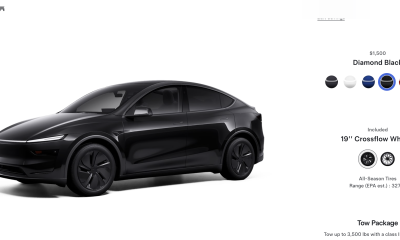
 News2 weeks ago
News2 weeks agoTesla rolls out new, more affordable trim of the Model Y Juniper in U.S.
-
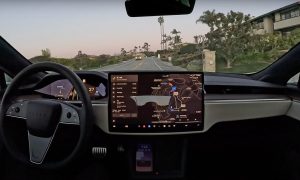
 News2 weeks ago
News2 weeks agoTesla expands Early Access Program (EAP) for early Full Self-Driving testing
-
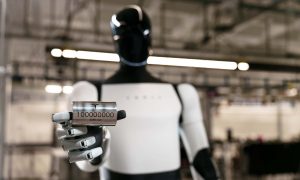
 News2 weeks ago
News2 weeks agoTesla celebrates key milestone for 4680 battery cell production cost
-
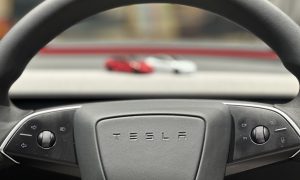
 Investor's Corner2 weeks ago
Investor's Corner2 weeks ago“Nothing Magnificent about Tesla (TSLA),” claims Jim Cramer
-
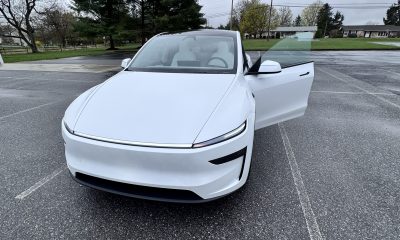
 News1 week ago
News1 week agoI took a Tesla new Model Y Demo Drive – Here’s what I learned
-
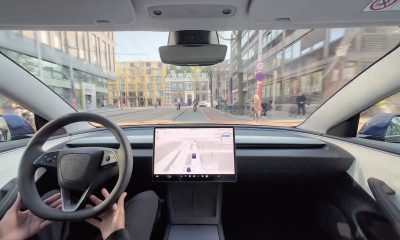
 News2 weeks ago
News2 weeks agoTesla Europe shares FSD test video weeks ahead of launch target
-
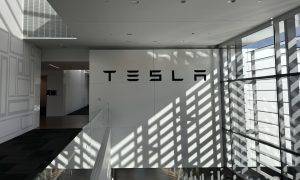
 News2 weeks ago
News2 weeks agoThis Tesla executive is leaving the company after over 12 years
-
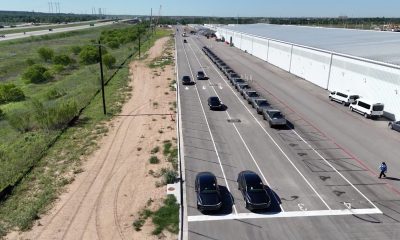
 News2 weeks ago
News2 weeks agoTesla’s Giga Texas vehicles now drive themselves to outbound lot


